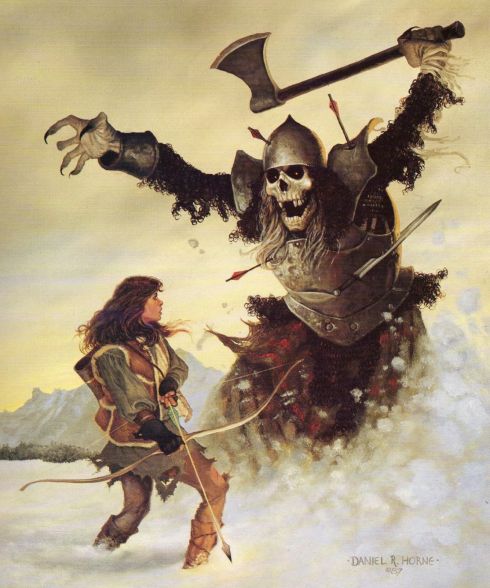Hit Dice
Every living creature has an established number of Hit Dice, indicating the creature's relative power. This governs the creature's hit points, ability to hit opponents in combat and its saving throw. Hit dice are assigned arbitrarily by the campaign, as a means to compare one creature vs. another in power and threat.
Hit dice are obtained through the natural growth and nature of the creature. As hit dice are not the result of training and combat experience, they shouldn't be confused with experience levels. When a creature gains an experience level, the abilities and hit points from that experience is ADDED to the creature's hit points.
- For example, a mature gnoll, regardless of training, has 2 hit dice, which provide the gnoll with a certain number of hit points depending on its mass. Once the gnoll is trained to be a "1st level" fighter, it receives an additional d10 hit points from that training.
Hit points are awarded per die. So, in the example above, a gnoll with a weight of
For each hit die that a creature possesses, it is allotted a random number of hit points per die. This number is determined by the creature's mass. Very large creatures with few hit dice may have a great many hit points; whereas a very tiny creature with many hit dice, but a very small mass, may have few hit points.
See also,
Attacking in Combat
Monster
THAC0
